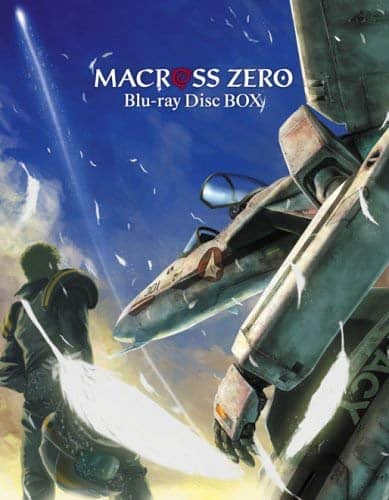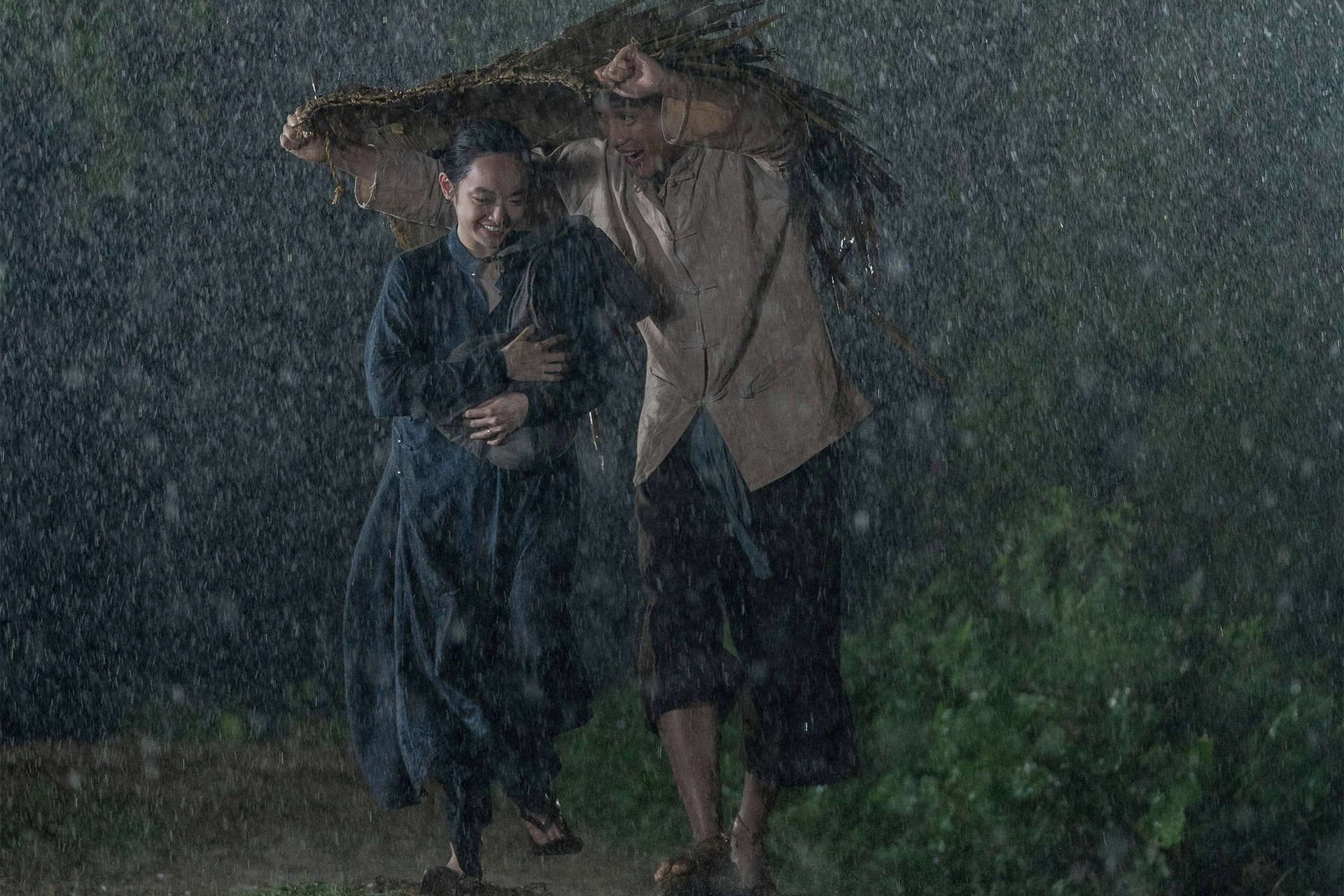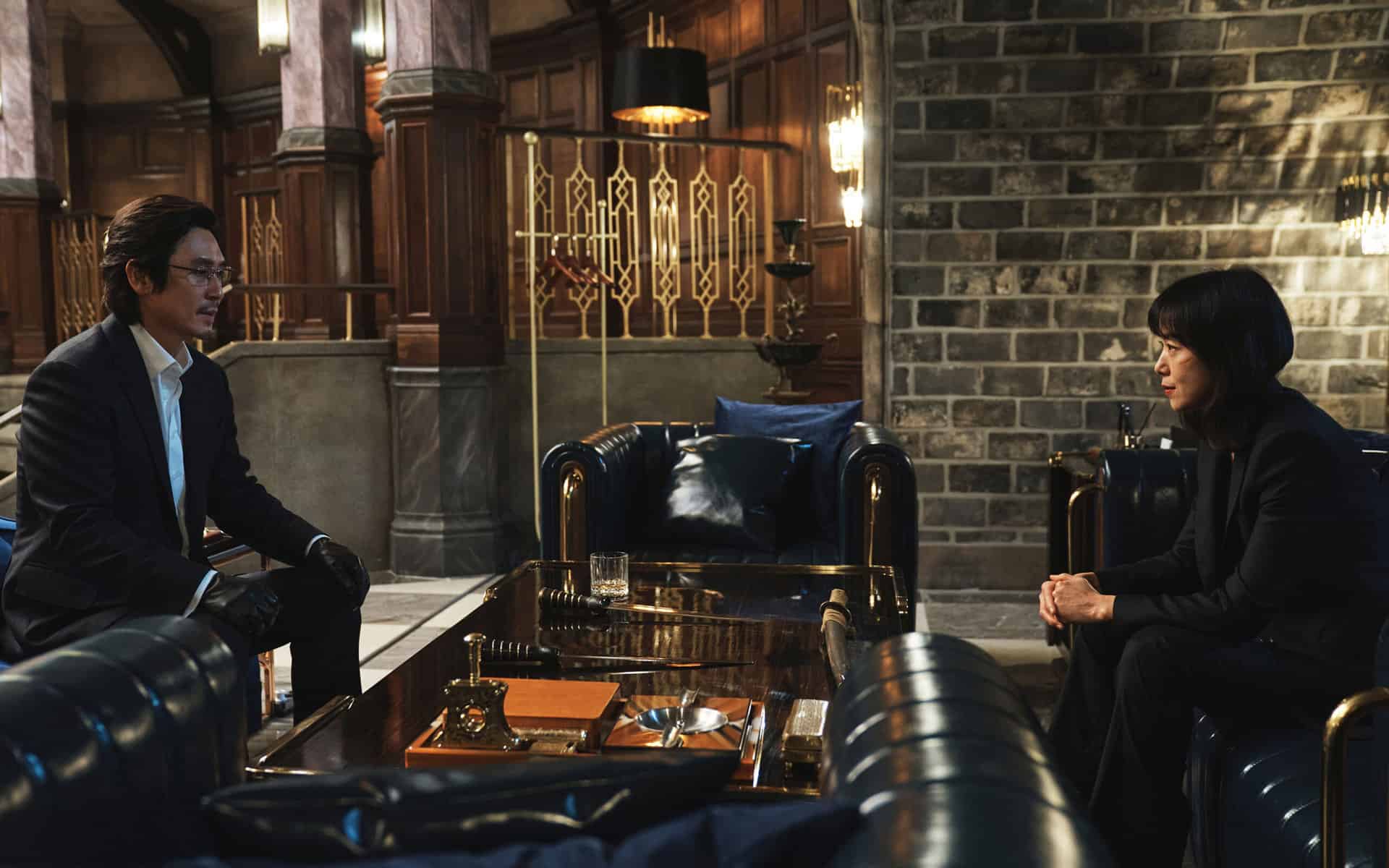This prequel, 5-episode OVA to “The Super Dimension Fortress Macross” was released to celebrate the 20th anniversary of the Macross franchise.
Buy This Title

The script takes place in 2008, a year after the original storyline, and revolves around two axes. The first one is the final battles between the U.N. Spacy and the Anti-Un forces and the second one occurs on the secluded island in the Pacific, named Mayan, where an alien spaceship crashed nine years ago. The main hero is Shin Kudo, a pilot for the U.N. forces, who crashed on the island after shot down by an enemy aircraft that can transform into a robot. While there, he becomes acquainted with a primitive civilization, where even electric power is absent, and meets two sisters, Sara and Mao Nome. The first one is the priestess of the island and is very skeptical of any kind of foreigners while the latter is more “open” and actually wishes to see the rest of the world. The “Protoculture theory” could not be missing from this entry, and is mainly presented by Aries Turner, a scientist who eventually arrives on the island to test her theories. Roy Focker is also here, as a leader of the Skull Squadron, who Shin eventually joins.

Shoji Kawamori directs and pens a magnificent anime that benefits the most from the combination of the artful battles and elaborate characters that were introduced in the original series, with a storyline and general aesthetics that are much reminiscent of the earlier works of Hayao Miyazaki, and particularly “Nausicaa of the Valley of the Wind,” with the ecological and anti-war messages that permeate the film through a number of allegories. Particularly the character's depth is a definite point of excellence, with their feelings, stories and attitudes explained and analyzed to the fullest.
Another point of excellence in the direction is the mixture of action, romance, drama and even a bit of psychological thriller, all of which are greatly combined, highlighting Shoji Kawamori's direction. Some minor fanservice could not be missing, but it is quite artful and has nothing to do with the way is currently implemented in the field. Probably the sole fault of the plot line lies with the depiction of the “evil” characters, whose actions are only explained very briefly and thus inadequately.
The mecha designs were also developed by Shoji Kawamori, with the help of Junya Ishikagi, and were inspired by those of the original. The result is astonishing, combining retro elements with modern forms. Particularly the dogfights in the air are probably the most impressive technical element of the anime, with some tasteful 3D CGI by Hidetaka Tenjin embedded in the 2D animation, which dominates the title, for a spectacular outcome. The same applies to the character's movement, which is as realistic as it should be, with the work Satelight did being rather convincing. Takuya Saito's design, in general, is another point of excellence, particularly due to the amount of detail implemented in both characters and background, with even the stills being images of quality. The subtle orchestral soundtrack is in par with the rest technical aspects, heightening the general feeling the director wanted to give each scene, as is the case with the sound in general. Considering the title's age, technically, “Macross Zero” is almost flawless.
Lastly, all of the above elements come through for the great finale of the title, which concludes the story in the way it deserved.
“Macross Zero” is anime at its best, a great addition to the franchise and a title that definitely stands the test of time.















